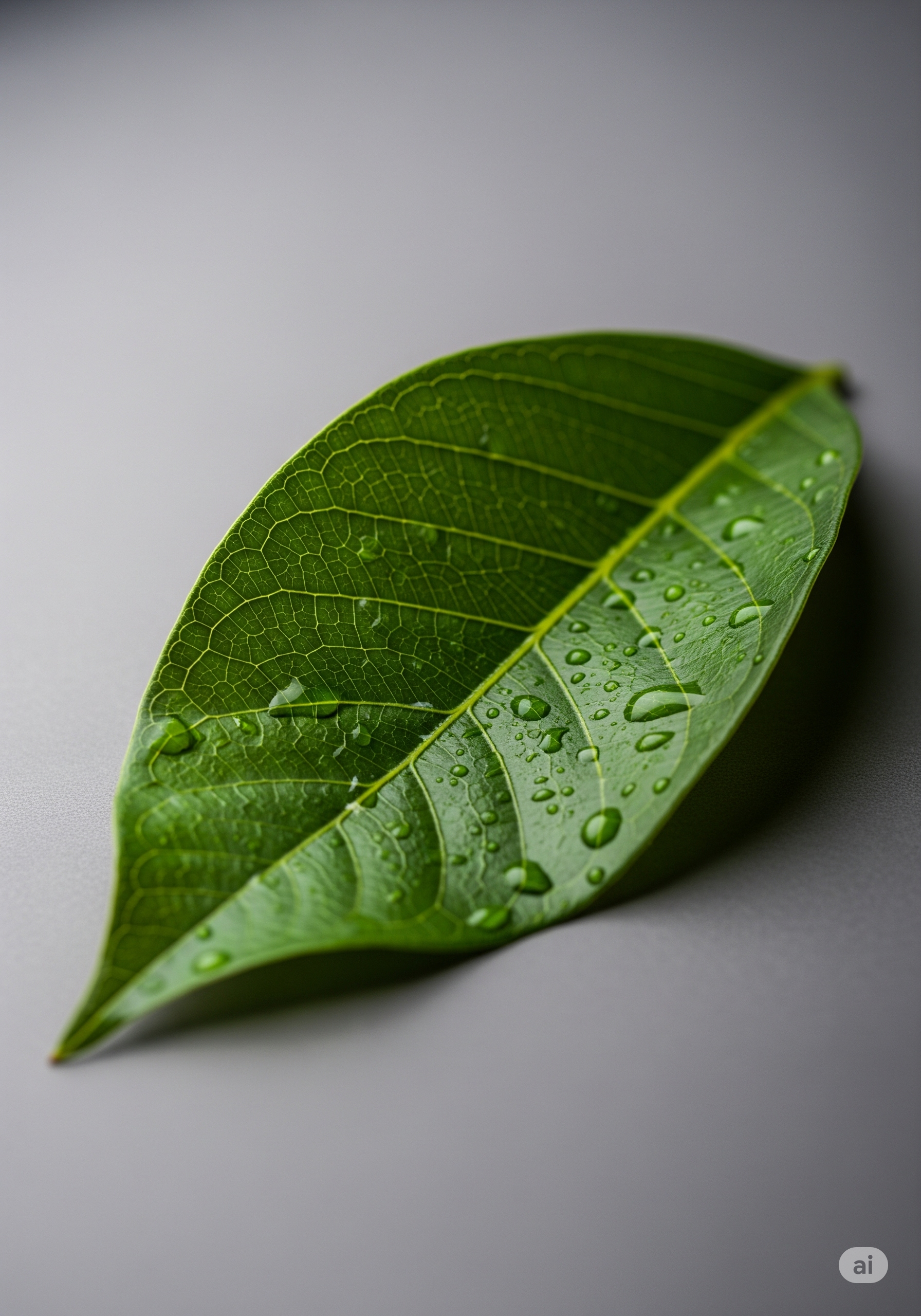Waterpear Tree (Waterpeerboom) #
Syzygium guineense

Quick Info #
- Distribution & habitat: tropical West Africa to East Transvaal – often in groups on bushy banks of streams and rivers, it is said to occupy the widest range of habitats of any African plant
- Family: Myrtaceae
- Florescence: August to December
- Fruiting: December to April
- Leaf habit: evergreen
- Name origin: syzygium means “in a pair” and guineense means “from Guinea”
- Other names: White Umdoni, woodland waterberry, umDoni-wamanzi
Description #
A notable difference between the waterpear and other Syzygium trees would be the leaves, which are leathery, wedge-shaped at the base and particularly long-stemmed. Generally a smallish to medium-sized tree, examples range between 11–30 m and sport a dense, spreading crown and smooth bark, which has shallow grooves and peels irregularly in small blocks. Despite the tree’s typical size, it can range from a small shrub to a large forest tree. It is fairly cold-resistant, hardy and fast-growing.
The leaves of the waterpear tree grow in opposite pairs and are ovoid or egg-shaped with a wedge-shaped base. They are leathery, glossy and greenish. Their stems are fairly long – up to about 3 cm.
The sweet-smelling flowers kind of look like those of the blue gum tree. The petals fall off to reveal the white stamen clusters pushing out of the pink and red sepals. The purplish-black, ovoid, fleshy berries grow in clusters. Their soft, thin, glossy peels cover the fairly thin layer of flesh surrounding the seed.
Uses & Ecology #
The waterpear tree offers good shade in gardens. It has also offered shade in coffee plantations.
Birds, humans and primates can eat the berries, but they’re not that flavourful. They can be eaten cooked or raw, drunk as a beverage ingredient or made into a vinegar.
The bark, although sometimes deadly-poisonous, has been used in medicine, and so have the roots. A root infusion is used in traditional medicine to bathe people as a treatment for illness. A bark and root infusion has been used as a purgative. The bark seems to have been used to treat a rather exhaustive list of ailments, like coughs, intestinal worms and malaria. Apart from that, it offers tannins which can be used in dyeing. Bark extracts have also been used in the glazing of pottery.
The crushed leaves have been used as a poultice, treating boils and wounds, and leaf decoctions for a number of other qualms, such as insanity and stomach-aches. The durable wood is suitable for the construction of furniture and building materials. The flowers are a source of nectar for bees.
References #
- Fern, K. (2025) Syzygium guineense. Available at: https://tropical.theferns.info/viewtropical.php?id=Syzygium+guineense (Accessed: 1 October 2025)
- Letty, C. (1980) Ons eie boomboek. Cape Town: Tafelberg Publishers.
- Van Wyk, B & P. (1997) Field Guide to Trees of Southern Africa. Cape Town: Struik Publishers.
- Van Wyk, P. (1988) Veldgids tot die Bome van die Nasionale Krugerwildtuin. Cape Town: Struik Publishers.
- Zenze, Kuphumla (2013) Syzygium guineense. Available at: https://pza.sanbi.org/syzygium-guineense (Accessed: 29 September 2025)
Caution: Consult a qualified health practitioner before considering medically using or ingesting any plant parts. Any mentioned traditional uses are based on cultural practices and anecdotal evidence. They are not necessarily clinically proven or supported by modern scientific studies.